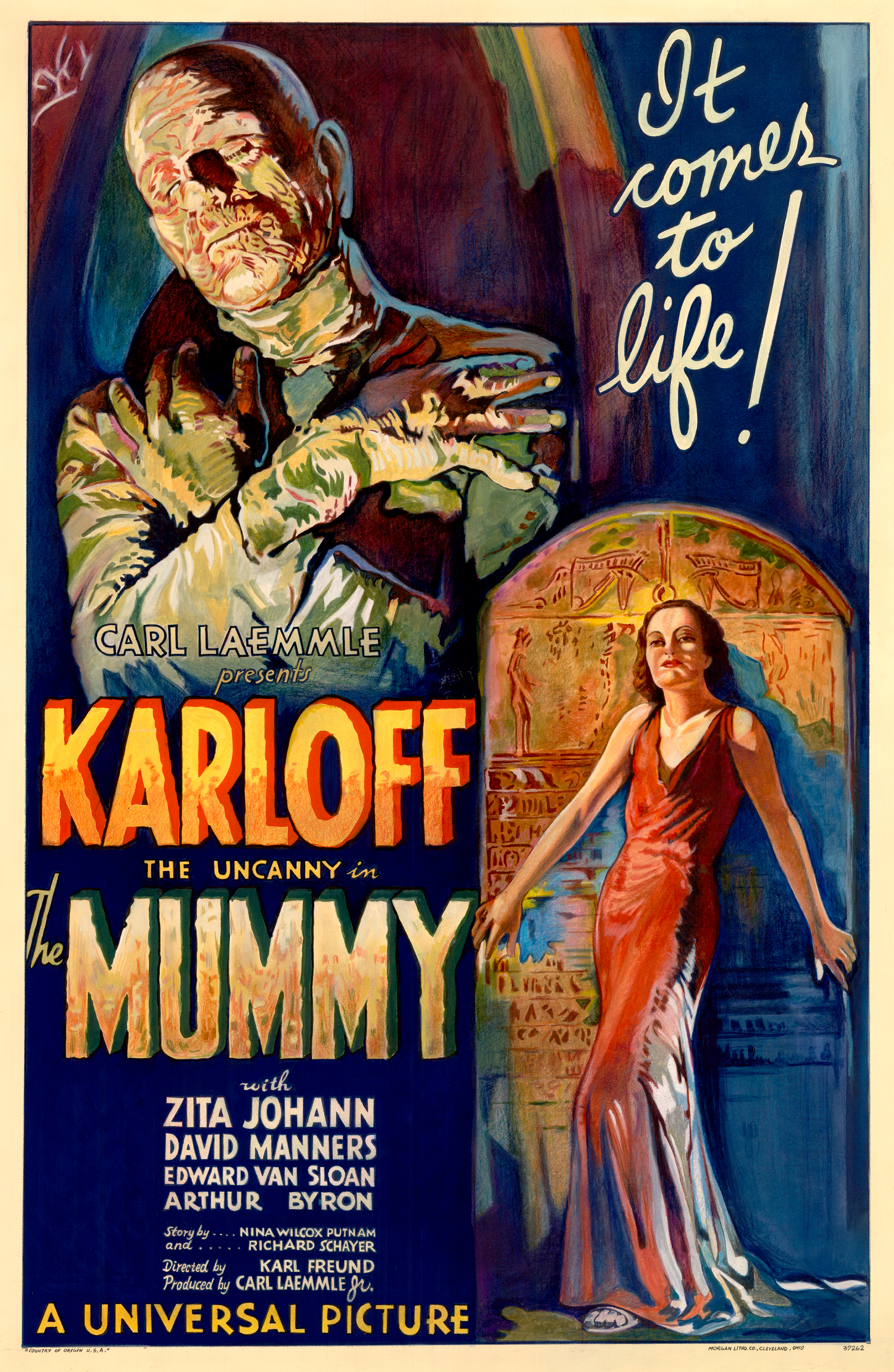- Take your backpack, purse, the contents of a desk drawer, or any other personal assemblage.
- Dump it all out on a table or other flat surface and think about possible ways to 'organize' this material into types.
- Arrange the objects in four different ways, employing four different criteria.
- Describe each criterion you selected and explain why you chose it. Which do you think is most effective and why? What do you think you learned about yourself from this exercise?
We had a 750-word limit, which (coincidentally) is about what I average in a blog post.
This is the original assemblage.
I'm a college teacher, so I dumped my bookbag (absent its books, since I'm on break) on the dining room table, and the contents looked more like those of a purse. Classifying the contents proved to be a real challenge. In one way, things had already been classified, because I had four zipper-bags with separate uses (personal hygiene--lipstick, brush, lotion, etc.; meds--drugs, medalert tag, antacids, NSAIDs; tools--eraser, pencils, scissors; change). At first I emptied them and their contents into the following categories, sorted by composition: paper, plastic, mixed metal & other, mixed plastic & other. These were the broadest ones I could come up with.
Mostly plastic (composition)
After that, it became harder. There were several obvious possibilities, such as "recreation" (stuff left over from last Friday's baseball game, including tickets, receipts, etc.; geeky science fiction stuff like Star Trek communication badges--don't ask; a Firefly keychain; a ticket to the latest Star Trek movie; a lifetime pass to Science Fiction Land from a Kickstarter project; a Tardis medallion), "school-related" (note pads, moleskin, pencils, eraser, scissors, planner, ID lanyard, conference badges, list of stuff to do next quarter), "personal" (med stuff, makeup). Upon some considerable reflection, these seem to fall into a general category of use.
A third category, based on design elements (form) emerged: rectangles (most of the paper stuff, most of the zippered pouches, money, some ginger sweeties; cylinders and round things (lotions, lips balm, pill bottles, eraser, pencils, one of the zippered pouches); rectangles with rounded corners (eyeglass case, wallet, mirror, planner, makeup container, paper clip, small powder bottle, gift card and key-chain perks cards); mixed (scissors, rectangular/cylindrical lipstick case, ear buds, brush, medalert tag, Star Trek badges, car/house keys--attached to keychains that might fit in other categories).
A persistent anomaly is a grackle feather. I pick up feathers for no earthly reason except that I like them, and this one has been in the bag, apparently, for some time. I can't seem to make it fit in any category except possibly the last. (It doesn't appear in any of the photos I uploaded.)
The final, very general, category (which might be considered in terms of meaning) is economy (in the true sense of the word--"rule/law of the home"). This would include the school-use, hygiene, and meds-related subcategories, but also citizenship-related elements from the paper pile such as jury summons instructions, a card with directions to my polling place, a collapsable reusable tote bag (environment), and the conference badges (academic citizenship), and the receipts, checkbook, and cash bits from other piles, as well as my wallet and perks cards. It might also include the recreational elements, including the geeky science fiction stuff and the baseball stuff because both pretty much rule our home. So do birds and nature--not much of which are represented outright in the assemblage, except for the grackle feather.
This is the geeky science fiction stuff that fit into a couple of categories (recreation, from use, and also economy)
It's hard to tell which of these would be most effective in figuring out who I am or what I do--although the amount of plastic (gasp!) in the assemblage would be helpful in determining my profession because it would probably survive for quite some time. It would not, alas, indicate much about my environmentalism (although one of the pouches is made of recycled plastic, and another is to keep me from taking home plastic bags).
Of possible interest to this exercise is the pervasive instinct to classify that seems to come with certain human activities--such as teaching, or gardening. Over the last week, for example, we spent a significant amount of time clearing out our garden/storage shed. As we moved things outside, it became clear that we were classifying as we went: stuff to recycle, stuff to take to the tip, garden tools, mechanical tools--and, yes, pots. Lots of pots (plastic and ceramic). And even potsherds (which we've been collecting to use to make a mosaic garden bench. I had studied archaeology in my youth, and it seems that you can take the girl out of archaeology, but you can't take the archaeology out of the girl.
Again, the comments were pretty positive, and students I "graded" in the peer review (not all of whom chose this option) provided interesting insights with their responses--which seem to be getting better. I'm beginning to wonder if the cream is moving to the top as the course goes on. The amount of work involved may not appeal to everyone.







